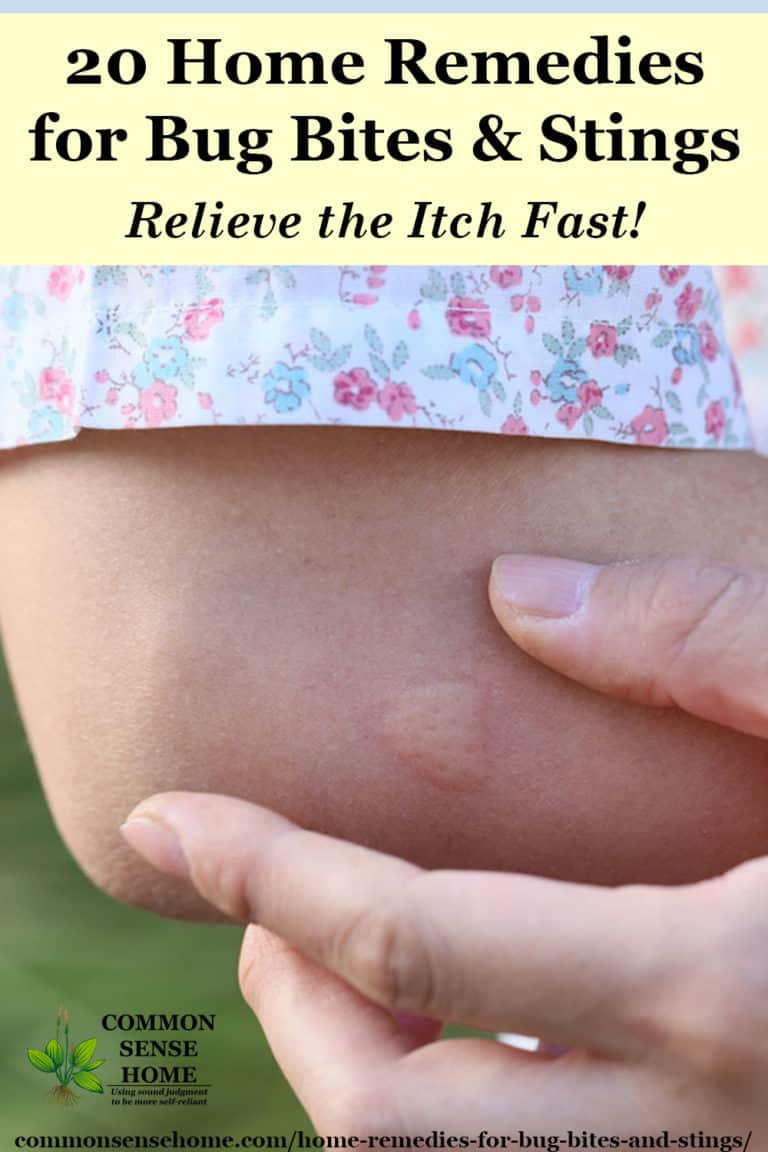

A wasp can inflict multiple stings because it does not lose its injection apparatus after it stings.When a bee stings, it loses the entire injection apparatus (stinger) and actually dies in the process.Bees, wasps, and fire ants differ in how they inflict injury. Death from bee stings is 3 to 4 times more common than death from snake bites. Bites or stings from these species may cause serious reactions in people who are allergic to them.

The sting also causes redness and swelling at the site of the sting.īees, wasps, hornets, yellow jackets, and fire ants are members of the Hymenoptera family. Insects sting to protect their hives or nests or when incidentally touched or disturbed (so hives and nests should not be disturbed or approached).Ī sting or bite injects venom composed of proteins and other substances that may trigger an allergic reaction in the victim. Most insects do not usually attack humans unless they are provoked. When the chigger bites, it inserts its feeding structures and mouthparts into the skin.
#Home remedies for bug bites that itch and swell skin#
The article covers the predominant biting and stinging bugs seen or imported to the US recently, but does not cover every possible stinging or biting bug or insect worldwide.Ĭhiggers most commonly bite in areas of thinned skin such as wrinkles and folds. The goal of this article is to provide an overview of biting and stinging insects or bugs without making strict scientific definitions of insects or bugs. However, the majority of people lump insects, arthropods, and anything small that bites or stings as a "bug" or an insect.The orders that contain the greatest numbers of species are:.In fact, the actual number of living species is not known and is estimated to be over 10 million. They represent about three-fourths of known animal life. They dominate the present-day land fauna. Arthropods are insects that live primarily on land and have six legs.Sometimes a sting or bite can cause a life-threatening allergic reaction or transmit pathogens ( viruses, bacteria, or parasites, for example) to humans. They often result in redness and swelling in the injured area. Stings and bites from insects are common.Squeeze all the excess water from the tea bag and apply it directly to the bite. To use chamomile tea on a mosquito bite, steep a chamomile tea bag in cold water for 30 minutes and leave it in the refrigerator. Chamomile tea is a common natural remedy and can be used to ease skin irritation, speed up healing and reduce inflammation.Top tip: Put a barrier between the ice and the surface of the skin to avoid ice burn. Ice is also well-known for being anti-inflammatory as it numbs the skin and provides short-term relief.Aloe vera is well-known for its anti-inflammatory properties which is why it’s commonly used to help heal minor wounds and calm infections.Top tip: If the affected area is wide-spread, sprinkle 1 cup of oats into a warm bath, occasionally rubbing the oats into the skin. Simply mix with water to create a paste-type substance and apply to the affected area. Oats can relieve itching and swelling as they’re reported to have anti-irritant properties.

There are a few home remedies that can ease the pain and itching such as the following: Mosquito bites are often harmless but can be itchy and irritating. Savlon Bites & Stings Relief Gel is a multi-action formula that helps relieve pain, reduces the itching caused by insect bites and helps to protect the bites from infection. You can also use topical treatments to help with the symptoms. If you are experiencing pain, you can take over-the-counter painkillers (please note that aspirin shouldn’t be given to anyone under the age of 16).Ĭonsider topical at-home treatments for further relief. If you’re experiencing a mild allergic reaction or itching, you can take an antihistamine tablet to help. If you experience swelling, you can apply a cold compress for 10 minutes and elevate the area if possible. The area should be washed with soap and water. The sting/tick/hairs of the insect might be left in the wound following a sting, which should be removed by hand or scraped out sideways with a hard-edged object. If you do end up getting bitten, there are some steps you should take to help treat the symptoms:


 0 kommentar(er)
0 kommentar(er)
